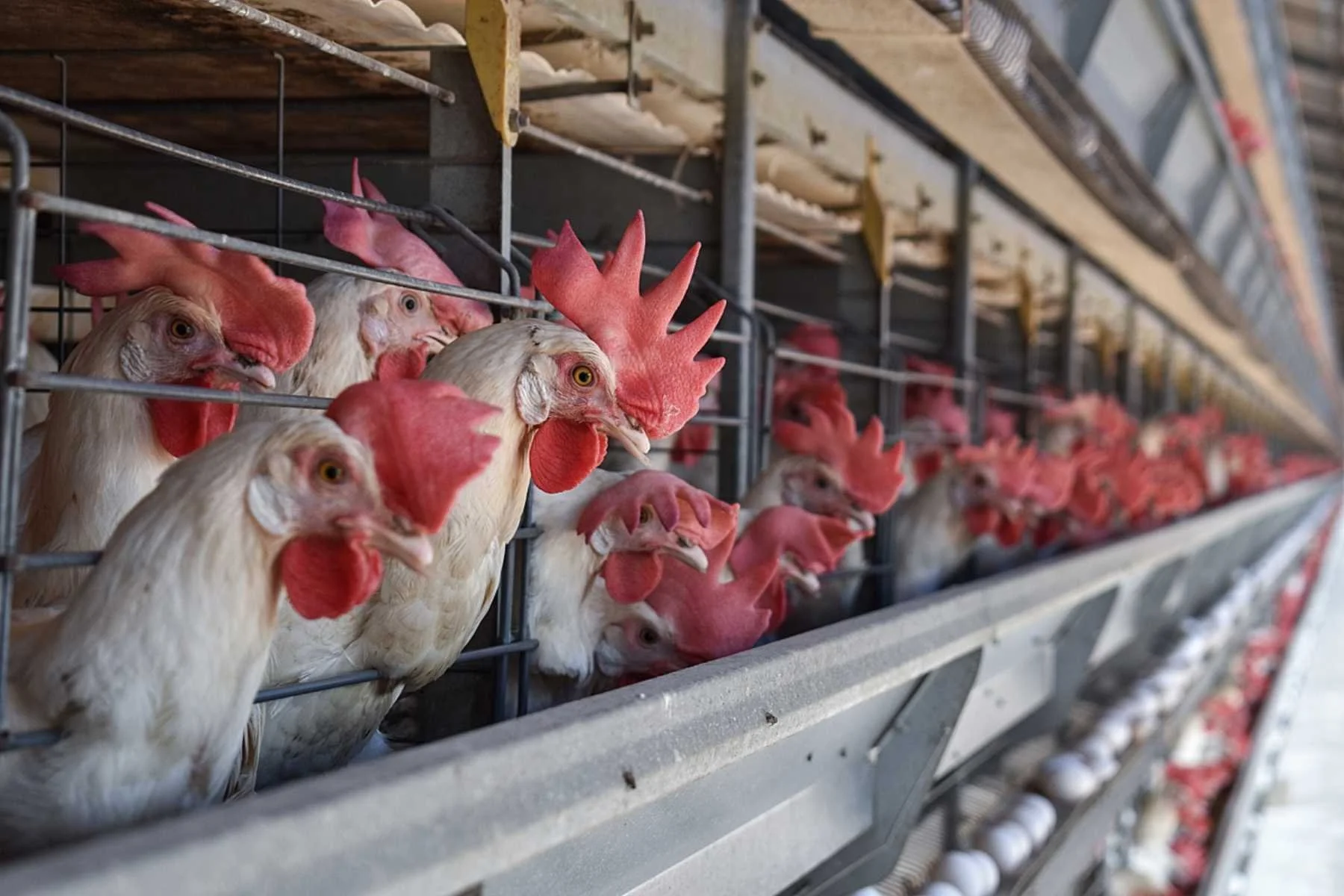Animal Dissection in School Classrooms is "Unnecessary", New Report Shows
More than ten million animals are killed and dissected for the school curriculum in the United States every year, despite safer and more effective teaching methods available, including interactive digital dissection software and synthetic dissectible models.
This story is supported by
Students who use non-animal methods (NAM) perform just as well, if not better, than their fellow classmates who use animal dissection, according to a new study published in the leading science-education journal, The American Biology Teacher.
Researchers gathered multiple studies published between 2005 and 2020 that looked into student performance based on the two alternate teaching methods: NAMs and animal dissection. Analysis of these found that in 95 percent of the studies, students who used NAMs performed at least as well as those participating in animal dissection. The research also found that the use of NAMs was more effective in 70 percent of the studies.
“Cutting open animals isn’t necessary in the classroom, and there are many superior and humane teaching tools,” said Rachelle Owen, the Senior Director for People for the Ethical Treatment for Animals (PETA). “In light of this research, PETA is calling on teachers, schools, and other institutions to replace cruel and archaic dissection with modern, non-animal methods.”
The study challenges the widespread belief that a plant-based diet hinders muscle growth and may instead persuade people to use vegan protein supplements opposed to whey when strength training.
10 Million Animals Killed for Dissection Each Year
Credit: PETA
It is estimated that ten million animals are killed for dissection each year in the United States alone. Many of these animals are sourced from biological supply houses that sell stray cats, fetal piglets from the wombs of adult pigs killed in slaughterhouses, and frogs who are captured from their natural habitat. Now, this new study challenges the idea that students require animal dissection to learn effectively and may encourage educational institutions to adopt modern non-animal solutions instead.
“Animal dissection is an archaic technique designed to explore anatomy—it’s from a time when humans knew very little about the insides of animals,” states PETA on their website. “Scientific discoveries advance our knowledge of the functioning of the natural world, but the practice of dissecting millions of animals every year hasn’t changed in a century. Advances in technology and an increasingly progressive understanding of animal sentience have exposed animal dissection as obsolete, dangerous, and unethical.”
What’s the solution?
Leading NAMs that have the potential to spare ten million animals each year, include interactive digital dissection softwares and synthetic dissectible models.
Expandable Mind Software, for example, is a web-based digital dissection software. Students can study and interact with simulated dissections of ten different animals, including frogs, three types of fish, several invertebrate species, fetal pigs, and cats. The software also features mini labs for the students to explore various physiological simulations, such as respiratory rate, muscle contractions, and the effects of drugs on heart rate.
Credit: Expandable Mind Software
Another non-animal method includes SynFrog, a 3D-simulated frog model developed by SynDaver in collaboration with PETA. The hyper realistic frog mimics the looks, feel and physiology of a live female frog and features removable and anatomically correct internal organs. This educational tool can be used to replace live frogs in dissection classes, while providing students with a ‘hands-on’ experience.
Credit: SynDaver
Credit: SynDaver
The SynFrog models can be reused, making them a better financial option for schools. They’re also safer for students because, unlike real frog bodies that have been preserved in chemical baths, the non-animal method is chemical-free.
Teachkind, PETA’s educational division, also offers a science education pilot program designed to help schools incorporate these modern teaching tools.
We Have A Favor To Ask…
Species Unite amplifies well-researched solutions to some of the most abusive animal industries operating today.
At this crucial moment, with worldwide momentum for change building, it’s vital we share these animal-free solutions with the world - and we need your help.
We’re a nonprofit, and so to keep sharing these solutions, we’re relying on you - with your support, we can continue our essential work in growing a powerful community of animal advocates this year.
More stories:
Species Unite
A collection of stories of those who fight the good fight on behalf of animals.









Leather, wool, feathers: even if they were by-products, would that make a difference?